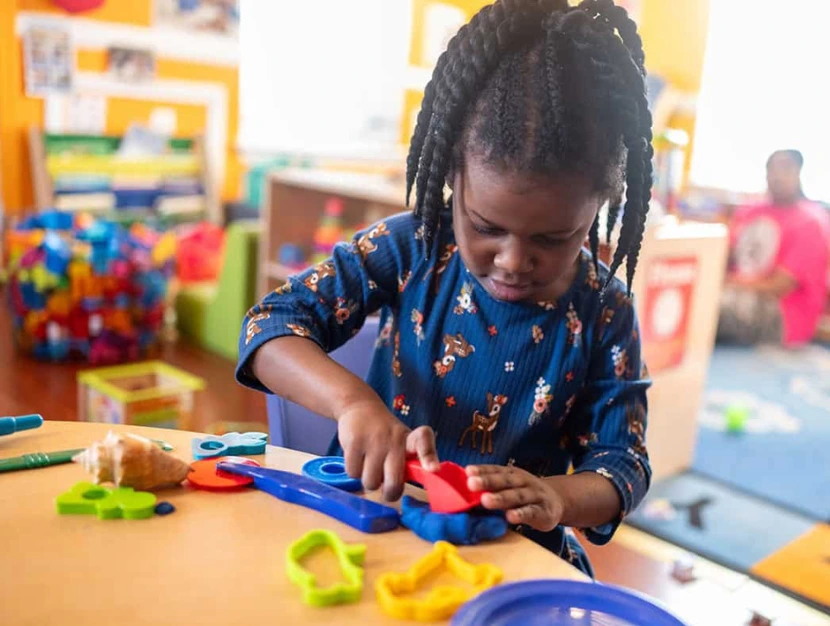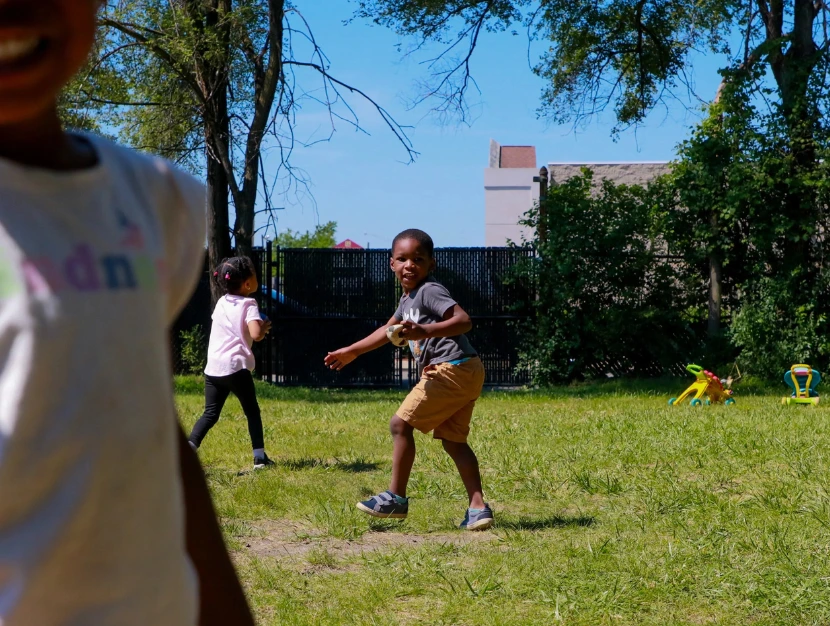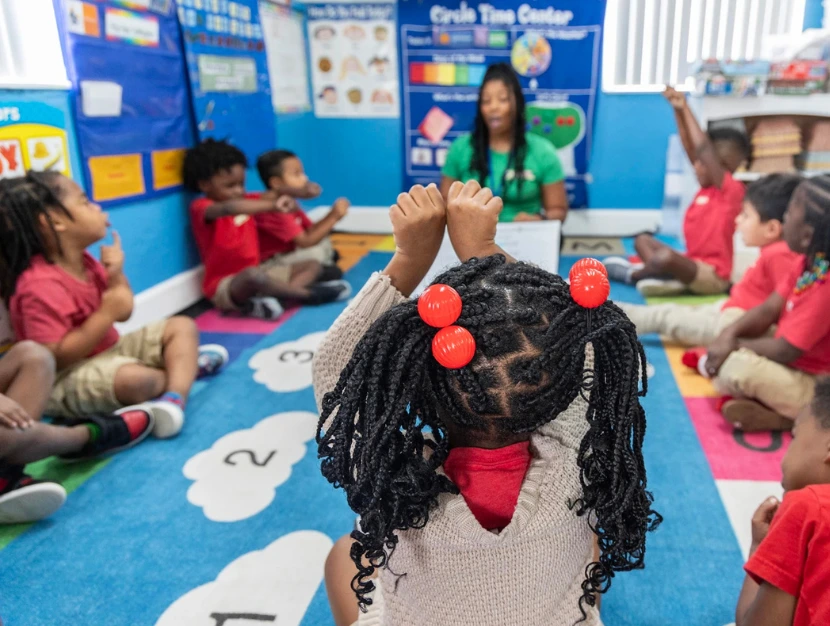“These costs are just untenable for an awful lot of families,” the Labor Department discovered. However, when it comes to Child care, it is not quite so simple for Trump to capitalize on voters’ economic frustrations.
New data from the Department of Labor show that many families have been paying effectively a second rent check to send their kids to day care.
It is common knowledge that child care costs have become a major pinch on households across the United States, but the federal data reveals how much more expensive child care became from one county to another during the worst inflation in 40 years.
Families paid between $6,552 and $15,600 for full-day care of a child in 2022, based on the latest data available.
That upper range is slightly higher than a few hundred dollars over the median annual rent for that year, the agency said.
Although incomes also vary across the country, the average expenditure per child on day care is reported to be between 9% and 16% of the households’ annual income.
“These costs are just untenable for an awful lot of families,” said Gretchen Livingston, the branch chief for quantitative research at the Labor Department’s Women’s Bureau, which conducted the study.
The results provide a glimpse of one of the largest financial concerns for the American people in the run-up to the 2024 election, where one of the key drivers was voter price fatigue that even a strong economy cannot alleviate.
But while child care costs contribute to Americans’ economic discontent, an NBC News analysis of the Labor Department and election result data also suggests the issue’s potential drawbacks politically.

Donald Trump increased his vote share since 2020 in 1,862 counties, or 89.7%, with the median vote shift in counties at 3.2 percentage points, NBC News reported.
The most expensive child care markets in 2022 supported Trump two years later by a greater margin than the nation as a whole, but so did many of the less expensive child care markets.
Kamala Harris had previously laid down plans on how to reduce child care costs — such as increasing the child tax credit and providing more funding to child care facilities and providers.
However, her rival had a field day from the general economic discontent. He reaped big, for example, in some of the most challenging housing markets.
In NBC News exit polls, 32% of voters said the economy was the most important factor in their decision for president, but of those who said inflation was causing them great suffering, 74% voted for Trump.
“During the first term of the Trump administration, the president championed childcare and paid family leave, and he will do it again in the second term and also fulfill his promise to deliver an economic agenda that will Make America Affordable Again for working families,” Trump transition spokeswoman Karoline Leavitt said in a statement.
During the campaign, though, he provided little detail to address the problem, saying in September to the Economic Club of New York that he would “handle it” through revenue from tariffs, something most economists do not believe will happen.
“While people love to say that child care is expensive, it is relatively not very expensive compared to the kind of numbers we will be taking in,” Trump said at that time.
Still, there is a cause to think that child care might have affected state and local races more directly, Hedgepeth said.
Travis County in Austin, Texas, passed a 2.5-cent property tax raise for child care places for low-income families.
In Sonoma County in California, 62 percent of the voters agreed to the proposal of increasing the sales tax by a quarter cent, which is expected to bring $30 million every year for child support programs.
However, in St. Paul, Minnesota, an attempt to raise property taxes to finance child care was turned down.
“Voters do show up and do vote for child care when they have the opportunity to,” Hedgepeth said, pointing to an election-night survey by the National Women’s Law Center, a nonprofit organization that works to advance women’s rights, in which 77% of voters said that ensuring access to affordable child care was important to them.
“We can, by extension, say that elected officials should be thinking about child care as a priority,” she said.
More than 13 million of the 63 million parents in the nation use paid child care providers across the country, according to the Labor Department.
It was also established that costs are slightly higher for families with infants, in large counties, and for center-based care rather than home care.
Livingston said that care work has for long been a low wage occupation and is mostly performed by women. Her team discovered that a 10% rise in the price of child care reduces women’s employment rate by 1%.

“There may come a time where people have to make a decision: As she asked, ‘Do I need to continue working and pay this much for child care or do I quit working and stay home?’
Hedgepeth said her researchers established that costs rose in 2023 but at a slower rate than inflation.
“It is not a race to the bottom because there are many valid reasons to invest in child care,” Hedgepeth said.
However, the Labor Department report noted that while $24 billion in federal pandemic aid to child care providers and an additional $14 billion to states to address the problem averted further increases in costs.
“It’s much more about realising that child care is something that requires resources,” Hedgepeth continued, “and we have to locate these because at the moment, parents are bearing so much of the burden.”



